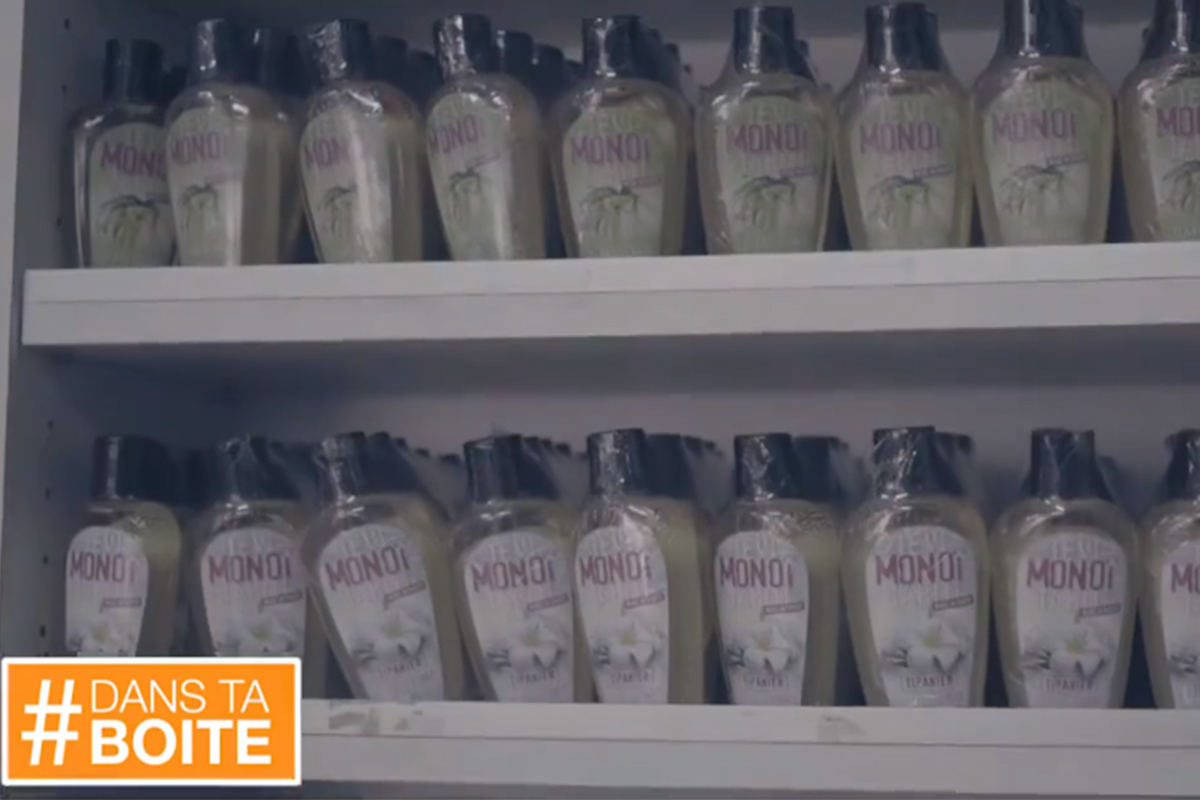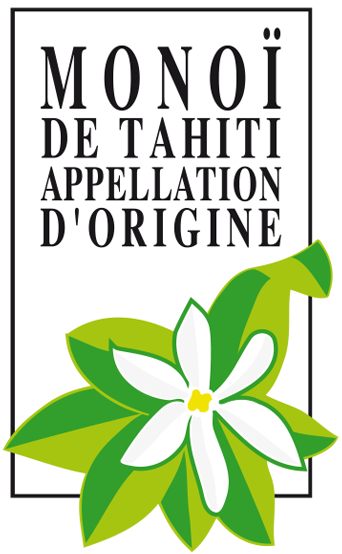Monoï is a precious oil from French Polynesia. It is highly fragrant and widely used for skin and/or hair beauty. It also has an appellation d'origine and is used according to a very precise ritual. Discover all the secrets of monoï.
What is monoi?
Visit tahitian monoi is a beauty product obtained by combining Tiaré flowers and refined coconut oil. It is a traditional and integral part of French Polynesian culture. Tahitians generally use it for massages. Women love to moisturize their skin and beautiful hair with the precious nectar.
In France, Monoï is sometimes used as a tanning oil, although it contains no UVA or UVB filters. Contrary to popular belief, Monoï should not be used as a tanning product.
How is monoi made and what form does it take?
The monoi-making process is common to all Tahitian producers. Tiaré flowers are picked while still in bud. They are then macerated in refined coconut oil on the same day, or the next day at the latest. In this way, they retain their distinctive fragrance. The prescribed dose is a minimum of 10 flowers per liter.
They are bathed in this oil for at least ten days. However, the exact maceration time is often a closely guarded secret for each brand, contributing to the uniqueness and specific characteristics of each Monoï produced. This technique is similar to the enfleurage process used in perfumery. The macerate is then decanted and filtered. Traditionally, a natural antioxidant is added to the collected liquid. However, some manufacturers also use chemical antioxidants. Before being put on the market, monoï is inspected by the local Department of Economic Affairs, to verify that it meets the requirements of the appellation d'origine.
Essentially an oil, monoi takes on a liquid texture at high outside temperatures. Below 24°C, it may solidify and/or form deposits. This in no way alters its qualities or fragrance. In either case, it can be used for both skin and hair.

Monoï, a product with a designation of origin
There are two types of monoï in Tahiti: traditional monoï, made from freshly grated coconut kernels (called monoï des mamas), and Tahitian monoï. Monoï des mamas is very rare outside the peninsula. Indeed, this artisanal Monoï does not keep well, which limits its distribution and availability outside Tahiti... And for regulatory reasons, it cannot be exported, leaving all the room for the latter.
This monoi, also made in Tahiti using the same process, differs slightly from the original recipe. However, it is better suited to export and the cosmetics industry. For this reason, it was granted an appellation d'origine by Decree 92-340, dated April 1, 1992. This states: "Monoï de Tahiti is the product obtained by the maceration of tiare flowers in refined copra oil, extracted from coconuts harvested in the geographical area of French Polynesia at the ripe nut stage, on soils of coral origin. These nuts must come from the "Cocos nucifera" coconut palm and the tiare flowers from the "Gardenia tahitensis" plant species (Flore de Candolle) of Polynesian origin harvested at the bud stage."

All products containing Monoï de Tahiti must include "cocos nucifera" and "gardenia tahitensis" in their list of ingredients. So, while respecting the appellation d'origine, cosmetics containing monoï de Tahiti can also display the associated logo, giving consumers a better understanding of the products in question.
But what about organic certification? In reality, monoï may be ECOCERT-certified, but it cannot enjoy the organic label because of the use of refined coconut oil. Although it is authentic and produced according to traditional methods, it cannot qualify for the organic label because of the use of refined coconut oil. To be certified as Monoï d'appellation d'origine, the coconut oil must come from coconuts grown in French Polynesia. However, the only factory producing this oil in Polynesia is not certified by Ecocert, which prevents any Monoï de Tahiti from obtaining the organic label. As a result, no organic Monoï de Tahiti can exist.

Who is monoi intended for?
Monoï can be used by the whole family. Since ancient times, it has been used as a base for massaging babies' bodies and protecting their fragile skin. It is therefore very gentle.
In Polynesia, monoi is used by men and women alike. As well as smelling delicious, the oil has intense moisturizing properties. It's ideal for both skin and hair.
To effectively moisturize the epidermis, it should be applied daily to damp skin, all year round. Monoï is ideal for even tanning and nourishing the skin after sun exposure. A natural emollient, it also soothes sun-induced redness and prevents skin peeling.
Who hasn't dreamed of having hair as strong and shiny as that of Tahitian women? Their secret is none other than monoi. Applied to damp hair, it deeply nourishes even the driest or most damaged fibers. Thanks to the action of copra oil and the scent of Tiaré flowers, styling will be easier, and hair will be softer and shinier. We recommend applying monoi as a mask for at least 20 minutes, or even longer, overnight, before shampooing. Caution: exposing your hair to the sun while coated with monoï can burn it.

 en
en 







